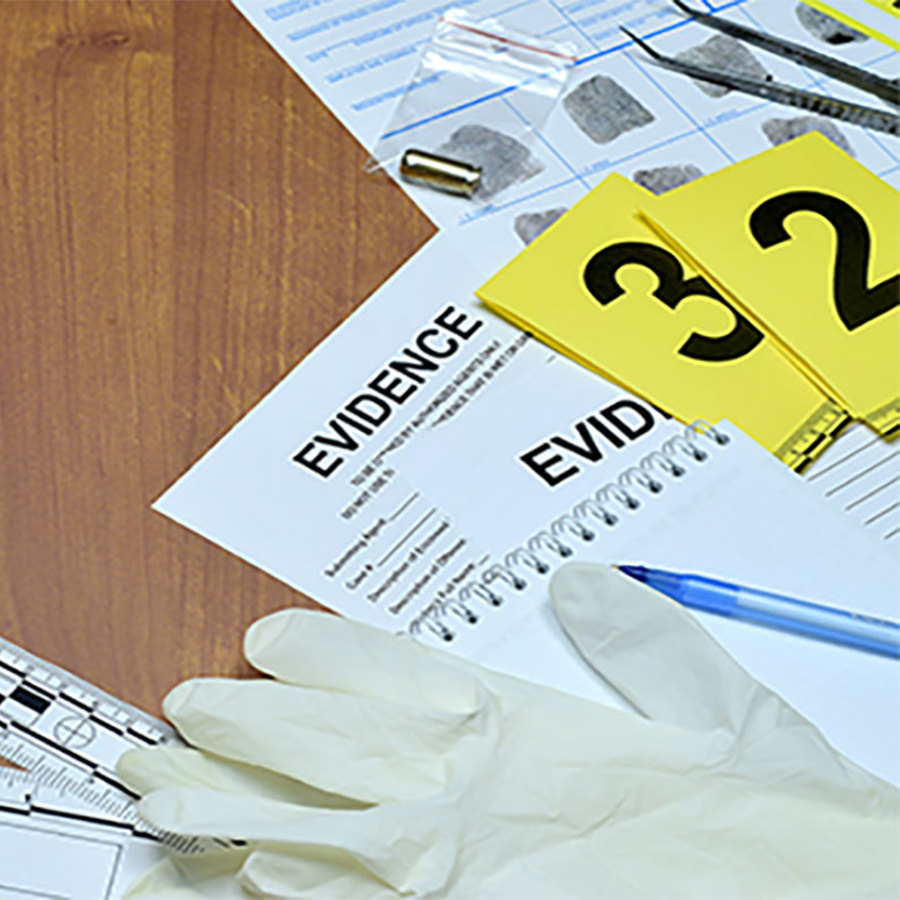
What is the term they used on CSI for a person with two different types of DNA?
June 8, 2004

A curious adult from Alabama asks:
“The other night on CSI they used a medical term (I think it started with a C) for a person that had two different DNA’s. Have you ever heard of this?”
What you are thinking of is a “chimera.” In the TV show CSI, a woman claimed a man sexually assaulted her, but DNA taken from his blood did not match the DNA of the suspect. The test also revealed that the most likely suspect was a relative of the man. When further DNA tests cleared his relatives, the man's DNA was tested again. This time it was from a hair sample and this time it was a perfect match to the suspect’s DNA. Can one person have two types of DNA in different parts of their body?
Yes, this can happen. People with two types of DNA are called chimeras after a mythical creature with a lion’s head, a goat’s body, and a serpent’s tail. Similarly to how the mythical chimera is made up of parts of different animals, human chimeras are made up of cells from different individuals.
How does someone become a chimera? There are a number of ways this can happen:
First, it is possible to become a chimera if developing fraternal twin embryos fuse together to become one embryo. (Think of this as the reverse of identical twins where a single embryo splits into two.) This happens very early on when the embryos are just unspecialized cells, so a healthy baby can still be made. Fraternal twins do not have the same DNA, so a mixture of two embryos will become a chimera.
Second, chimeras can arise when developing fraternal twins share a blood supply. This happens when the twins (who have different DNA) share a placenta and cells from their blood mix. The twins will be chimeras only in terms of their blood since other cells in the body are not affected by the blood supply.

Third, a similar thing can happen through an error in the way cells divide in the developing embryo. Cells split into two to make more of themselves – something embryos need to do a lot of to grow into a baby. For this, cells need to double their DNA and divide it between the two new halves. Sometimes this goes wrong and some new cells end up with different DNA. If this happens early on, the tissues that come from these cells end up with a different genotype. A person who developed in this way is called a mosaic, not a chimera, because all of their cells came from the same individual.
How common are chimeras? We don’t really know. We generally only find out about chimeras when their DNA is analyzed. It sure makes crime solving difficult, but it can also complicate finding organ donors.

Author: Eszter Vladar
When this answer was published in 2004, Eszter was a Ph.D. candidate in the Department of Genetics, studying ciliated epithelial cells in Tim Stearns laboratory. Eszter wrote this answer while participating in the Stanford at The Tech program.
 Skip Navigation
Skip Navigation
